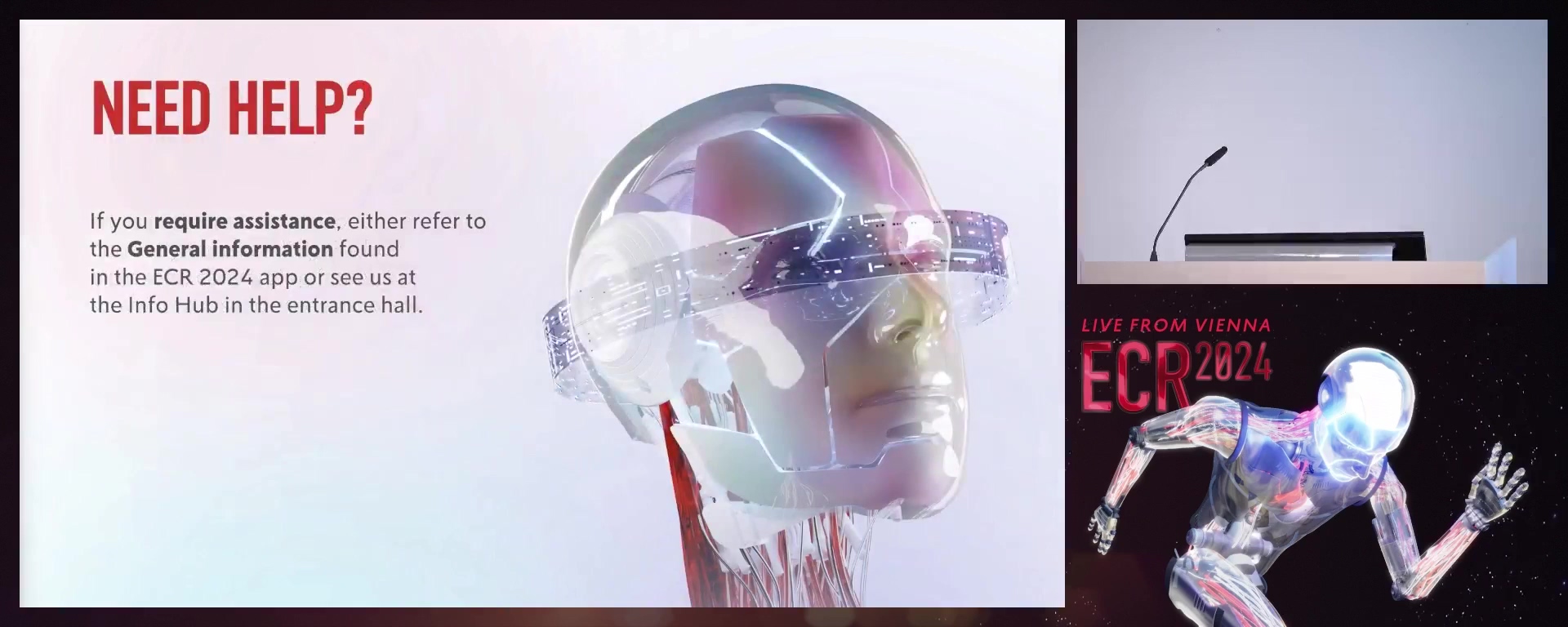Professional Challenges Session
PC 4 - Management of localised prostate cancer
5 min
Chairperson's introduction
Harriet Thoeny, Bern / Switzerland
20 min
Radiologist
Geert M. Villeirs, Gent / Belgium
1. To explain what kind of information the radiologist needs to provide to the MDT.
2. To illustrate the impact of this information on the correct diagnosis, staging and treatment stratification.
3. To stress the importance of MDT meetings in radiological quality assurance.
2. To illustrate the impact of this information on the correct diagnosis, staging and treatment stratification.
3. To stress the importance of MDT meetings in radiological quality assurance.
20 min
Urologist
Massimo Valerio, Lausanne / Switzerland
1. To understand how clinical, biological, radiological and pathological information influence clinical decision-making and informed consent.
2. To explore current treatment options and modern algorithms in patients with low to high-risk prostate cancer.
2. To explore current treatment options and modern algorithms in patients with low to high-risk prostate cancer.
20 min
Pathologist
Eva Compérat, Vienna / Austria
1. To be able to correctly understand the information given by the pathologist, in order to decide the best treatment according to the pathology report.
2. To understand the complexity of the molecular underpinnings in the setting of prostate cancer, and to understand the correlation between molecular changes and prostate cancer histology.
2. To understand the complexity of the molecular underpinnings in the setting of prostate cancer, and to understand the correlation between molecular changes and prostate cancer histology.
15 min
Patient perspective on prostate cancer and screening for prostate cancer
Erik Briers, Hasselt / Belgium
1. To understand that early detection through risk-based population screening will save lives and prevent unnecessary treatments.
2. To explain that in low-risk prostate cancer, "active surveillance and watchful waiting" is the only option according to the EAU guidelines, but that this treatment needs a good explanation to the patient.
3. To learn that from a patient's perspective, learning of side effects is equally important as learning what the clinician can do when they happen to help the patient.
2. To explain that in low-risk prostate cancer, "active surveillance and watchful waiting" is the only option according to the EAU guidelines, but that this treatment needs a good explanation to the patient.
3. To learn that from a patient's perspective, learning of side effects is equally important as learning what the clinician can do when they happen to help the patient.
10 min
Panel discussion: How to offer the best treatment to the individualised patient?





